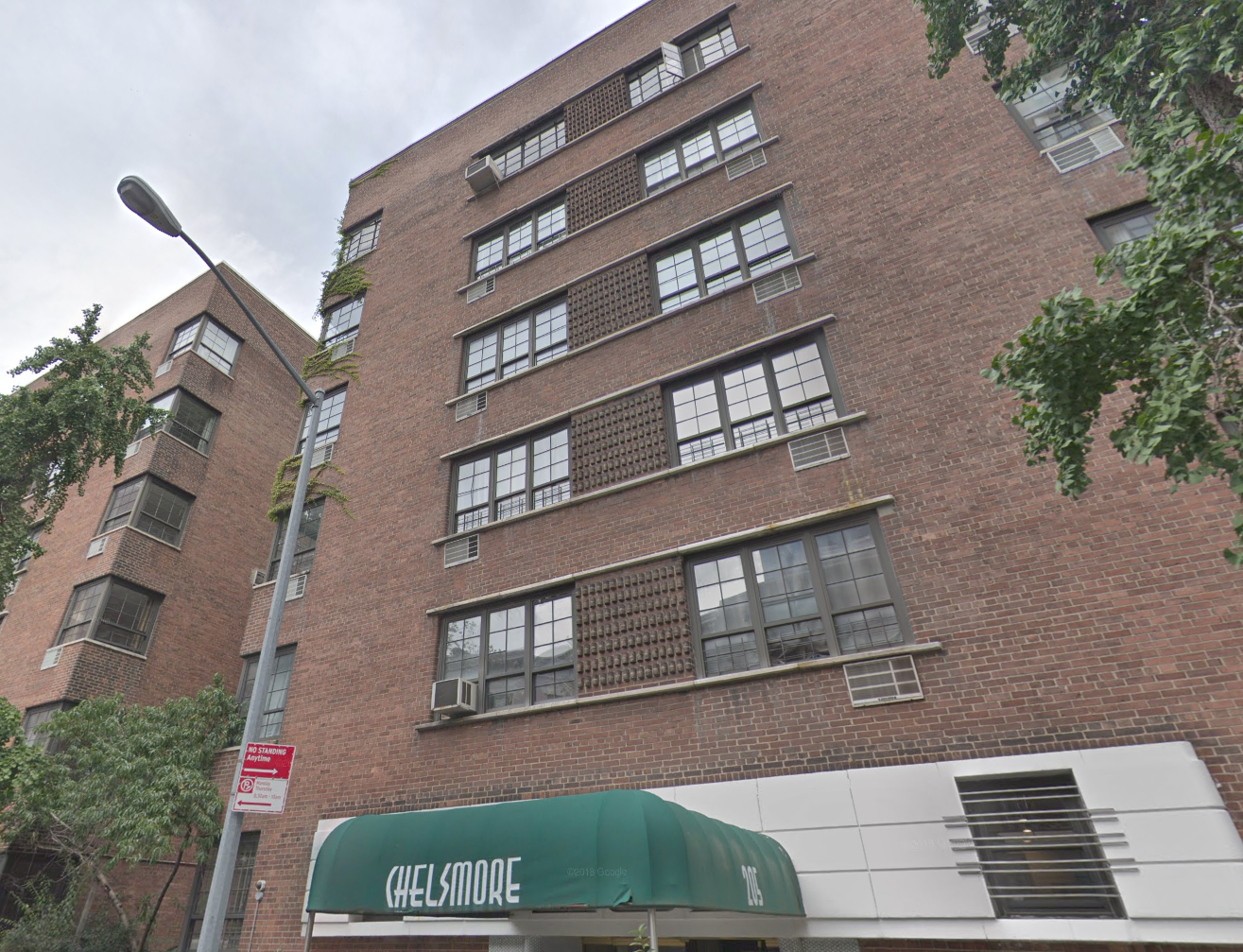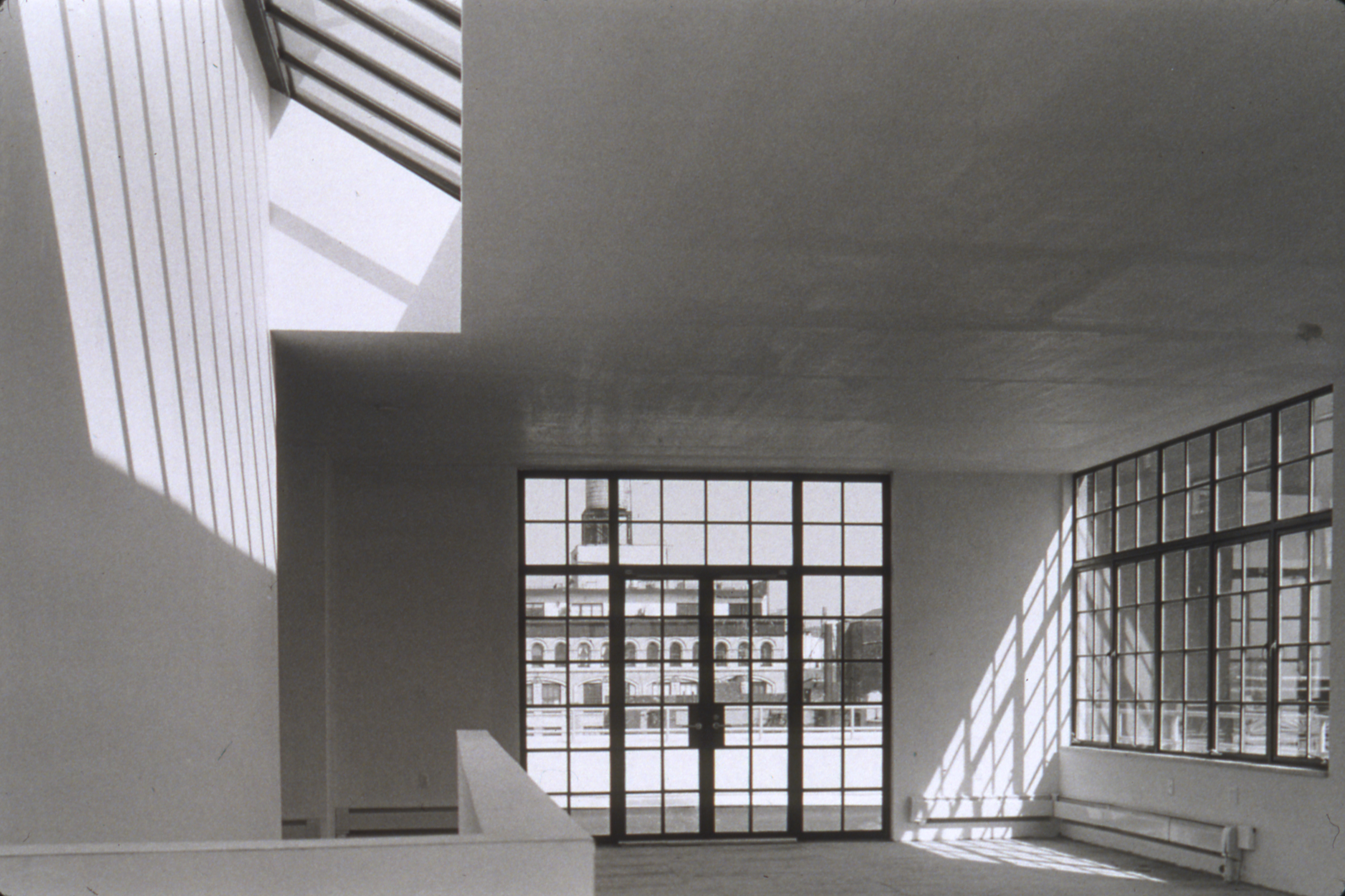What are casement windows, and why are they being used in new NYC apartments?
If you ever found yourself ogling the windows on a New York City apartment building, chances are you were looking at a prewar building, or even a former factory, where windows traditionally were composed of multiple square panes held in place with black metal frames. They usually open on a hinge. These are casement windows, and for many people they are a classic NYC design.
“These windows recall the romanticism of loft buildings, where you get these huge spaces and a wall of windows in the front,” says Christian Rogers, a broker with CORE. “They definitely play on the heart strings.”

But casement windows have also been showing up in new developments in recent years, particularly buildings by architect and developer Cary Tamarkin, whose latest project is 550 West 29th St. (shown at top), near 11th Avenue, which Rogers represents.
“A casement window is a relatively recent and local misnomer, which has come to mean one thing in New York real estate jargon and something else in the rest of the world,” says Kartik Desai, president and CEO of Tamarkin Co. “Technically, a casement window is any window that is hinged on the side. But here in New York at least, the term is increasingly being used to describe gridded, metal-framed, industrial-style divided windows that are evocative of historical loft or warehouse windows.”
Tamarkin started using them 25 years ago since they were the most architecturally appropriate windows for the historic industrial building at 140 Perry St. that was the company’s first project. They continued designing variations of the windows in downtown buildings until “they eventually became a hallmark of our work,” Desai says.

As the style became more fashionable among other developers and designers, people began referring to them as casement windows, Desai explains.
Potential buyers always have a positive reaction to them, Rogers says. Aside from adding a bit of nostalgia to a place, they allow for light, “which is one of those commodities that is often hard to find, regardless of the type of apartment.”
People go right up to the windows when they walk in, he says. “They go up and put their hand on the window mullions. It’s a significantly different showing experience.” (Mullions are the window dividers.)
They also bring character to the facade, one that is less sleek and modern and more traditional in design, Rogers adds. “It makes you feel like you’re almost buying a conversion project.”
In addition, they help to break down large windows to a more human scale. “The grid provides a foil between inside and outside making the occupants feel less exposed in front of a large window,” Desai says. “All these things can add up to soften a modern space, making it more approachable for people who may have more traditional taste.”
You Might Also Like



























